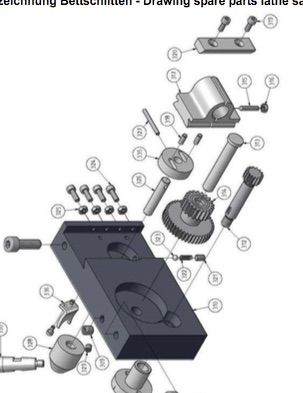Half nut engagement/disengagement
Half nut engagement/disengagement
- This topic has 8 replies, 6 voices, and was last updated 24 February 2017 at 19:44 by
Benny Avelin.
Viewing 9 posts - 1 through 9 (of 9 total)
Viewing 9 posts - 1 through 9 (of 9 total)
- Please log in to reply to this topic. Registering is free and easy using the links on the menu at the top of this page.
Latest Replies
Viewing 25 topics - 1 through 25 (of 25 total)
-
- Topic
- Voices
- Last Post
Viewing 25 topics - 1 through 25 (of 25 total)






